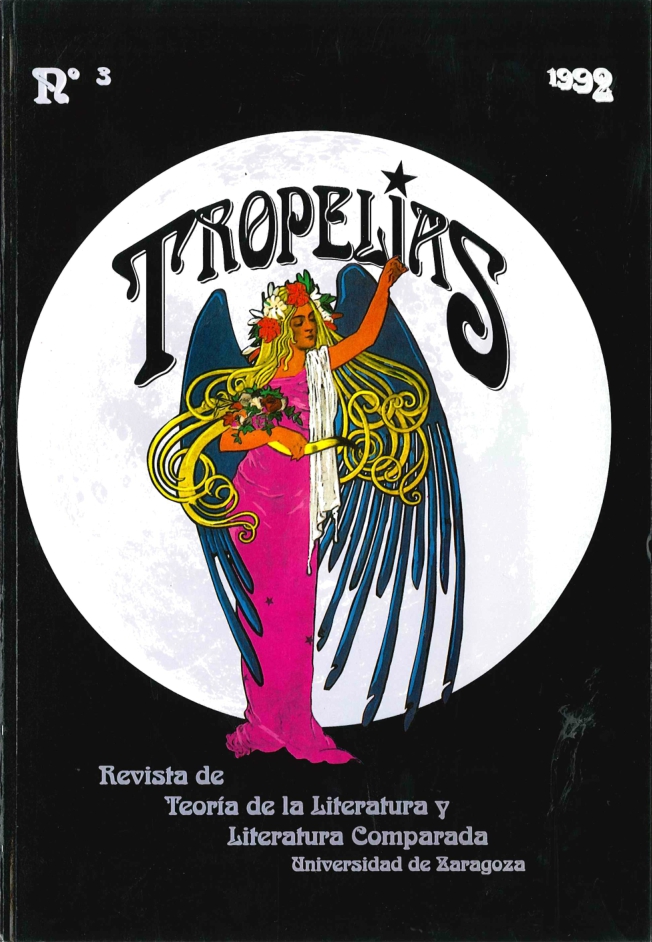"El quinto, callado; cuando más, sí y no". Proposal of an analytical method of narrative figures exemplified in Ignacio Aldecoa's "Seguir de pobres"
DOI:
https://doi.org/10.26754/ojs_tropelias/tropelias.199233667Keywords:
Narratology, narrative figures, Ignacio AldecoaAbstract
The aim of the article is twofold: first, to show the theoretical possibilities of analyzing figures in a narrative and, second, to show it through the practical application of this instrumental to the story "Seguir de pobres" by Ignacio Aldecoa.
For the analysis of the figures, the issuers of the characterizing information are considered first, that is, the interventions of the narrator and the replies of the figures themselves, as characterization agents. Then a brief classification of the figures is added, both according to the degree of individualization, as well as according to their evolution in the story and the weight they play in the development of the conflict. In all the approaches, the expressive function that characterizes each of the resources in the text is highlighted, as far as possible, also in the field of configurations, that is, of the momentary and unstable groupings of the figures in the diverse sequences (the configurations) and, finally, in the distribution as a whole of the figures that populate the story (the distribution and the figures alluded).
Downloads
Downloads
Published
How to Cite
Issue
Section
License
Los artículos enviados a la revista Tropelías deben ser originales e inéditos, no publicados previamente en cualquier soporte. Únicamente se aceptará material publicado total o parcialmente con anterioridad, o que esté en proceso de evaluación en otra revista, si se hace constar la causa de tal duplicación y se facilita la fuente donde ha aparecido dicho artículo.
Las imágenes que se incluyan en los artículos estarán libres de derechos de reproducción y, en caso contrario, los autores deberán presentar los permisos para su publicación y asumir los pagos derivados de ello.
Los artículos y reseñas publicados en la revista Tropelías pueden ser incluidos en repositorios temáticos o institucionales desde el momento de su publicación, sin modificación alguna e indicando claramente su procedencia.


